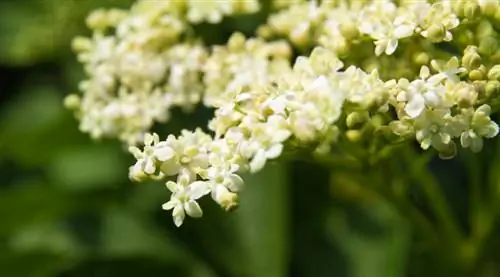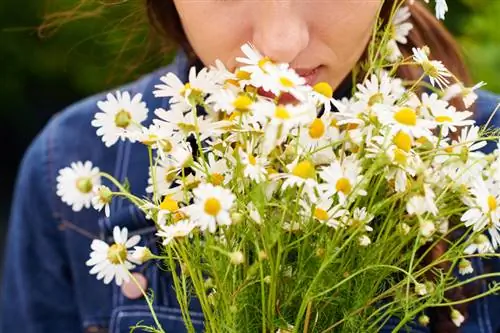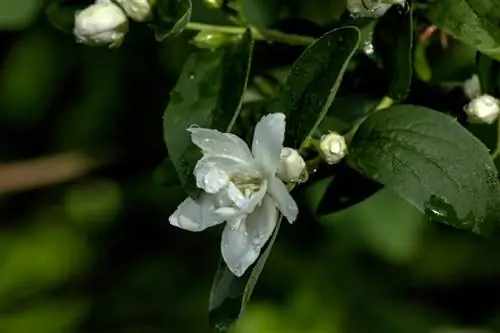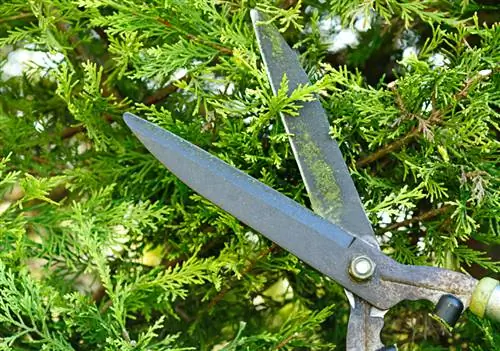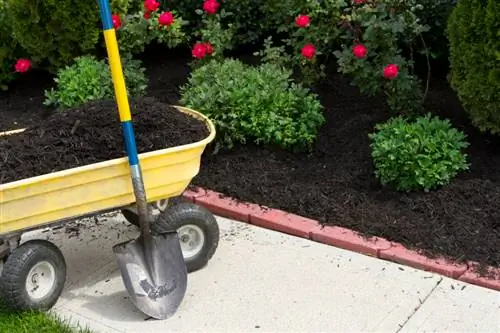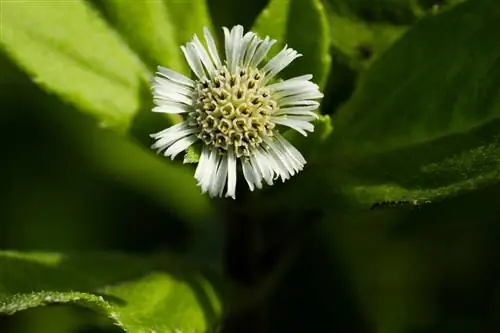- Author admin [email protected].
- Public 2023-12-16 16:46.
- Last modified 2025-06-01 06:02.
False elderberry misleads gullible collectors with berries that appear deceptively real. A mistake can have fatal he alth consequences because the fruits of the dwarf elderberry are poisonous. This is how you can tell the difference to edible elderberry.
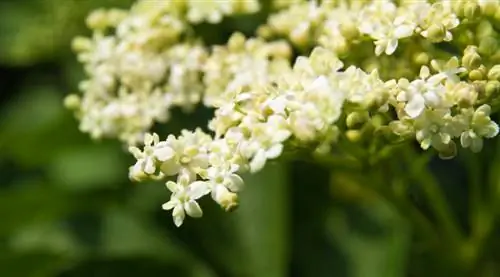
How do you recognize false elderberry?
False elderberry (dwarf elderberry) differs from true elderberry in its lower height (150 cm), herbaceous growth, narrower and shorter pinnate leaves, unpleasant smell and upward-facing, slightly dented, poisonous berries.
Dwarf elderberry - not an imitation and yet a fake Fuffziger
Within the diverse range of elderberry species, the dwarf elderberry (Attich) certainly has its right to exist. After all, it scores with such a robust constitution that it is planted on the dunes along the coast as a windbreak. Nevertheless, it deceives berry collectors every year along forest edges because its poisonous fruits look deceptively similar to real elderberries. You can identify the attic by these features:
- false elderberry grows as a herb, while real elderberry grows woody
- the toxic, purple-black berries are permanently pointed upwards, while edible fruits hang down
- Attich berries have a slight dent on the fruit skin
- the leaflets on the false elderberry are narrower and shorter
- Dwarf elderberry gives off an unpleasant smell
- misleading elderberry is significantly smaller at 150 centimeters high
The distinction between fake and real should not obscure the fact that black elderberry definitely has a certain poisonous content. This is especially true for elderberries, which cannot be eaten raw. The poison it contains dissolves when cooked at a temperature of 80 degrees Celsius. When it comes to the fruits of the dwarf elderberry, no processing method leads to edibility.
Tips & Tricks
Since the high toxicity of false elderberry applies to birds and other animals, you should also avoid growing parakeet in a natural garden. A suitable alternative from the elderberry genus is, for example, the yellow elderberry or the deer elderberry, which are beautiful to look at and at the same time a valuable bird food plant.

